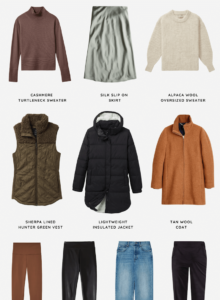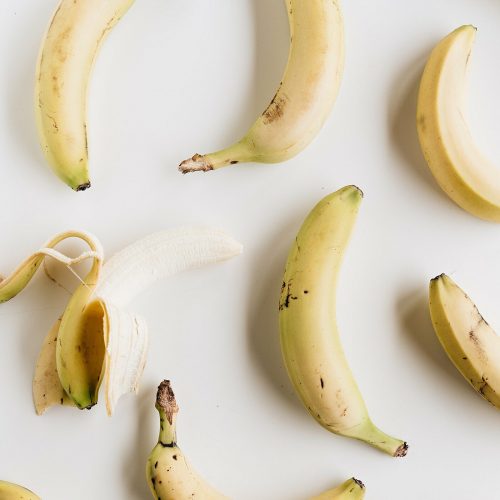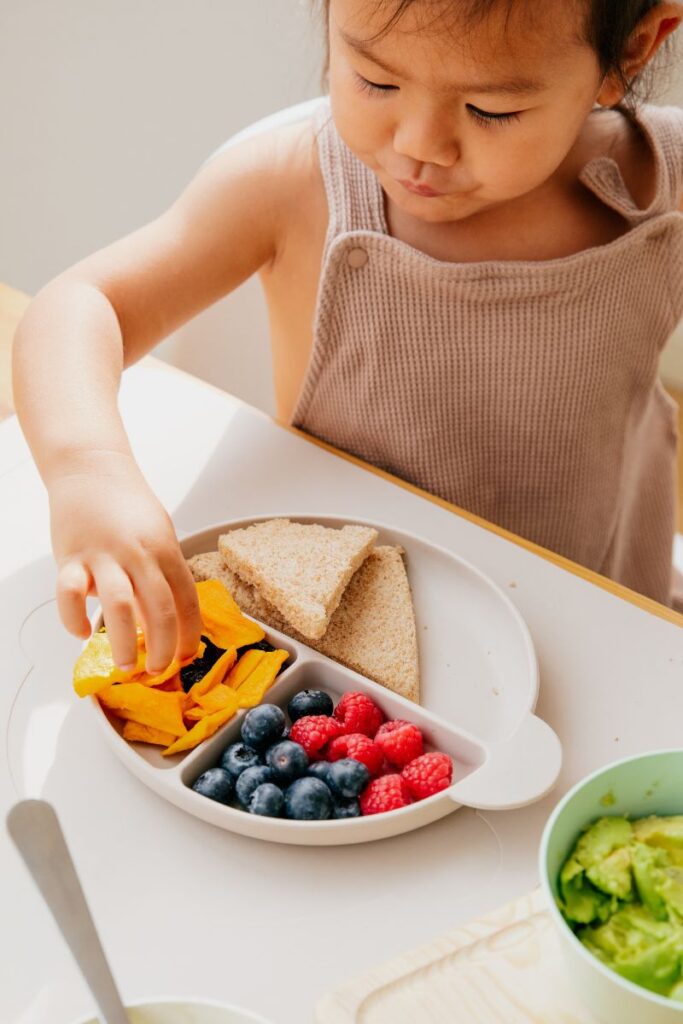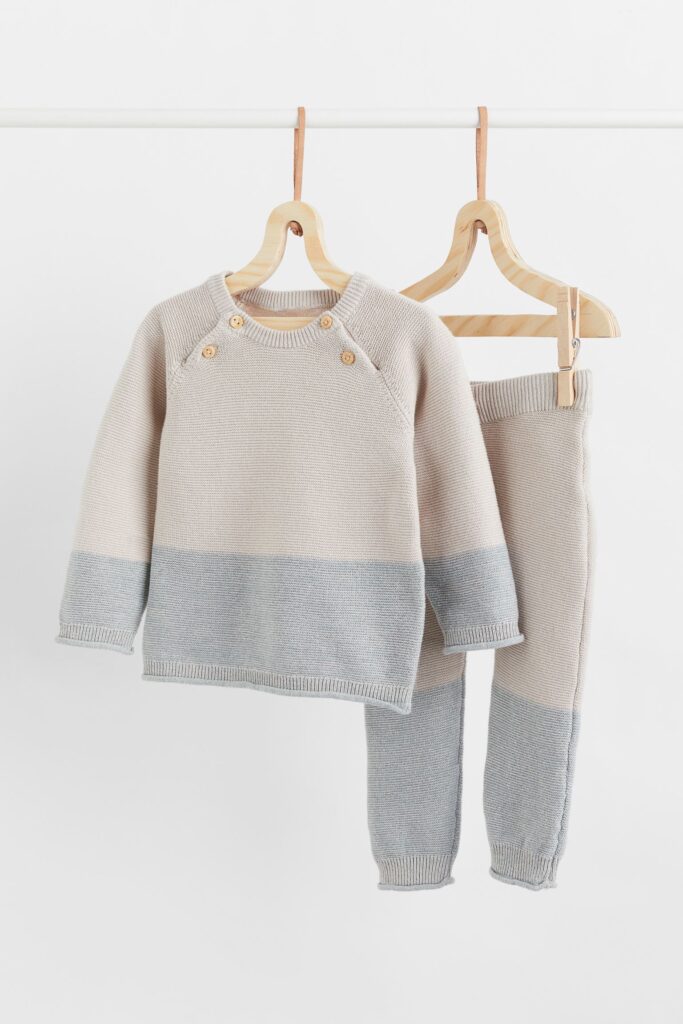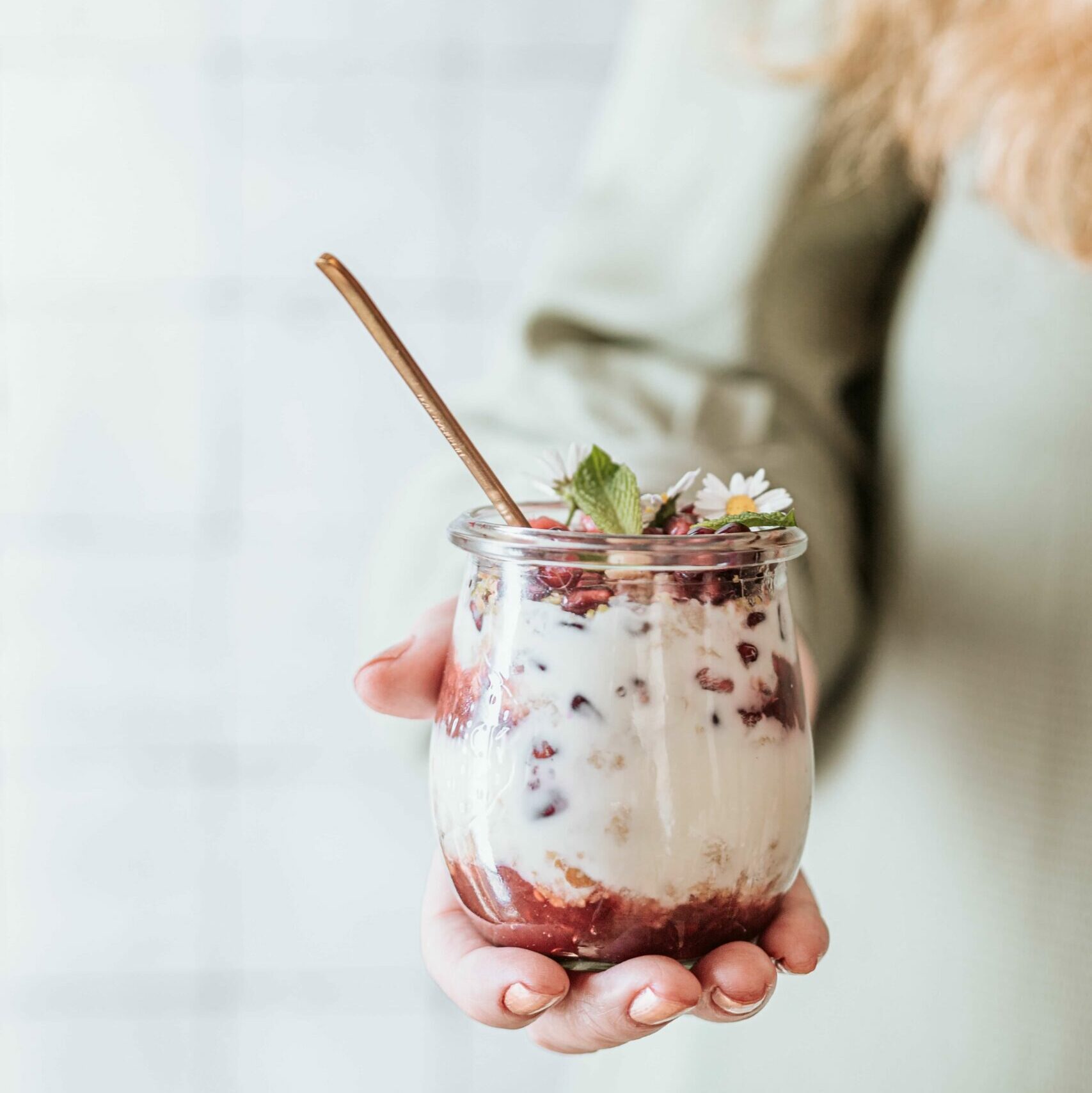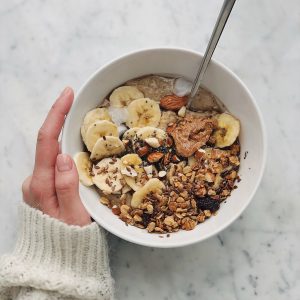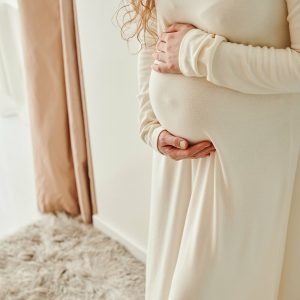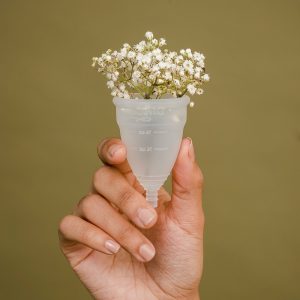Want to protect your baby’s sensitive skin from the sun without exposing them to harmful chemicals? We do too, which is why we tested many non-toxic sunscreen brands to find not only the safest brands, but the best non toxic sunscreen for babies that is easy to apply, provides excellent sun protection, and doesn’t leave a noticeable white cast.
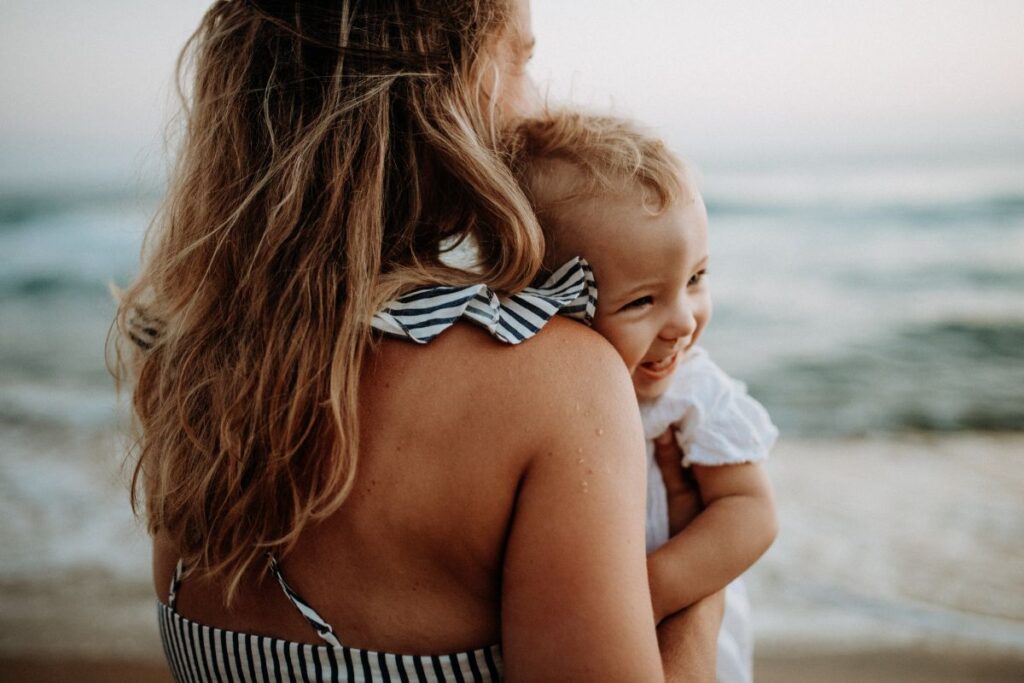
If you are a parent or caregiver you know just how difficult it can be to apply sunscreen on your little ones who want to play, and don’t want anything rubbed on their faces! As a mom my goal when it comes to the products we use on our bodies and in our home is to find the products that work the best, are easiest to use, and ideally can be used by the whole family.
Over the years I have tried so many sunscreen brands, some of which may have been made using non-toxic ingredients but that felt sticky when applied, took forever to rub in, and left an intense white cast.
While I know some people don’t mind a white cast on their kids, I wanted to find a sunscreen that could be applied quickly and left a non-existent or very minimal white cast and that I wouldn’t mind using on myself or husband as well.
How To Choose The Best Non Toxic Sunscreen For Babies
Even though I’ve taken the guesswork out of choosing the best non toxic sunscreen for babies by testing dozens myself, I still think it is important for everyone to know how to choose the best non toxic sunscreen for babies, big kids, and adults on to the go!
While I personally like to keep my tried and true sunscreen favorites with me, there are definitely times when you forget sunscreen or run out and need to choose a sunscreen for your baby at a local drugstore. This happened not to long ago on a recent vacation and I used the following tips below to find the best option available to us at the time.
In these situations when you may not have access to your favorite sunscreen, one of the best things to do is to seek out the sunscreens that have been specifically formulated for sensitive skin/babies. Often these sunscreens will be fragrance free, mineral based, and formulated with less irritating ingredients.
Choose Mineral Sunscreen
Mineral sunscreens protect the skin by sitting on top of it rather than being absorbed and reflecting harmful rays away from the body. When it comes to babies, mineral sunscreens are the gold standard as the physical barrier they create tends to be less irritating.
Opt For Fragrance-Free
Most sunscreens for babies will be formulated without fragrances, but it is always a good idea to check to make sure that you are choosing a sunscreen without added fragrance.
Look For Sensitive/Baby (Mineral) Sunscreen
When in doubt choose a sensitive or baby sunscreen formula. There may be times when you forget sunscreen and are somewhere without as many options available. This actually happened to me recently on a vacation in another country where our choices were very limited. In these situations, it’s best to look for a mineral sunscreen that has been specifically formulated for babies or people with sensitive skin.
In most cases, these sunscreens will be mineral-based, fragrance-free, and made with less irritating ingredients.
Skip The Sprays
While spray sunscreens may seem like a quick and easy option for kids, they often don’t provide consistent coverage, and there is the risk of inhalation. This is why it is often better to opt for lotions specifically formulated for babies that you can visually see to confirm even coverage.
Avoid These Ingredients
When choosing the best non toxic sunscreen for babies, look for products with gentle and safe ingredients that minimize the risk of skin irritation and allergic reactions. The following are some ingredients you should consider avoiding in baby sunscreens (and sunscreen for anyone else!) as they are known to be harmful and in some countries are already being banned.
So when it comes to choosing the best non toxic sunscreen for babies, make sure that the ingredient list doesn’t include any of the below ingredients.
- Oxybenzone
- Octinoxate
- Homosalate
- Octisalate
- Octocrylene
- Avobenzone
- Mineral Oil
- Fragrance/Parfum
- Phthalates (DBP, DEHP, DEP, DMP, and Others)
- Parabens
If you want to dive even further into ingredients you should avoid in your skincare in general, then check out this restricted ingredients list by Credo Beauty that covers the main ingredients found in skincare products that pregnant women (and all people) should really avoid.

Why You Need A Broad Spectrum Sunscreen For Babies
UVA and UVB rays are both types of ultraviolet radiation emitted by the sun, and they play a significant role in causing skin damage, premature aging, and increasing the risk of skin cancer. Using sunscreen or other forms of sun protection aims to shield the skin from the harmful effects of these rays.
UVA (Ultraviolet A) Rays:
UVA rays have longer wavelengths and penetrate the skin more deeply compared to UVB rays. They can reach the dermal layer, where they cause damage to collagen fibers, leading to premature aging, wrinkles, and loss of skin elasticity.
UVA rays are associated with long-term skin damage and contribute to photoaging. They are less likely to cause immediate visible sunburn but can still cause significant harm over time. UVA exposure is also linked to an increased risk of skin cancer, particularly melanoma.
UVB (Ultraviolet B) Rays:
UVB rays have shorter wavelengths and primarily affect the outer layer of the skin. They are responsible for causing sunburn and triggering the body’s production of vitamin D.
UVB rays are more responsible for immediate skin damage, such as sunburn. Prolonged or intense exposure to UVB rays can also lead to skin reddening, inflammation, and the development of skin cancers like basal cell carcinoma and squamous cell carcinoma.
To protect against UVA and UVB rays, it’s important to use broad-spectrum sunscreens that provide UVA and UVB protection.
Broad-Spectrum Sunscreen:
Effective sun protection requires defense against both UVA and UVB rays, as they have different but equally harmful effects on the skin. Broad-spectrum sunscreens are formulated to provide protection against both types of ultraviolet radiation. They combine various active ingredients to create a barrier that reflects, scatters, or absorbs both UVA and UVB rays, minimizing their impact on the skin.

Chemical Sunscreens vs. Mineral Sunscreen
Choosing a sunscreen can feel complicated, especially as a parent when you want to make sure you are choosing the safest option for your baby. With so many options available in stores today it can be hard to sift through all the different brands and ingredients to choose the best option that you will also enjoy using for your family.
When it comes to choosing the best sunscreen that is free from harmful ingredients and safe to use on your child’s skin there are two main types of sunscreens you need to know about, and a clear winner when it comes to safety.
Chemical Sunscreens
Chemical sunscreens are the sunscreens you will want to avoid using on babies and children. Chemical sunscreens are sunscreens that contain known harmful compounds like oxybenzone that have been found to be damaging to coral reefs, and capable of being absorbed through the skin and into the bloodstream.
Oxybenzone has even been found in the milk supply of pregnant and breastfeeding women! Want to know the best pregnancy-safe sunscreen brands and our personal favorites? Click here to read more.
Chemical sunscreens work by absorbing UV radiation and then transforming it into heat, which is then released from the skin. They contain organic compounds like avobenzone, octisalate, octocrylene, and oxybenzone, which absorb different wavelengths of UV radiation.
These chemicals have been found to irritate sensitive skin, exhibit hormone-disrupting qualities, and cause photosensitization. Some people with sensitive skin might experience allergic reactions or skin irritations from certain chemical sunscreen ingredients, especially oxybenzone and octinoxate. These reactions can be particularly concerning when choosing sunscreen for babies.
Many conventional sunscreen brands also include synthetic fragrances which are known endocrine disruptors and should be avoided for babies. While there are some “clean chemical” sunscreen brands that have come onto the market when it comes to sunscreen for babies and children it is best to avoid chemical sunscreens that are absorbed into the skin and bloodstream entirely.
Mineral (Physical) Sunscreens:
Mineral sunscreens, also known as physical sunscreen, work by sitting on top of the skin and creating a physical barrier that reflects and scatters UV radiation away from the skin.
The two most common minerals you will see being used as active ingredients in physical sunscreens are zinc oxide and titanium dioxide. Zinc oxide is the ideal mineral of choice as it has better UVA and UVB broad-spectrum protection.
Zinc is also known to be helpful for healing the skin (which is why it is often used in diaper creams), which makes it a healthy ingredient both for topical use and for protection from the sun.
Because physical sunscreens sit on top of the skin they often don’t feel as thin or rub in as quickly as chemical sunscreens, which is the most common complaint for people making the switch from chemical to mineral sunscreens. There are however more lightweight formulas of mineral sunscreens that have come onto the market, which rub in very well and are free from all the harsh chemicals found in chemical sunscreens.
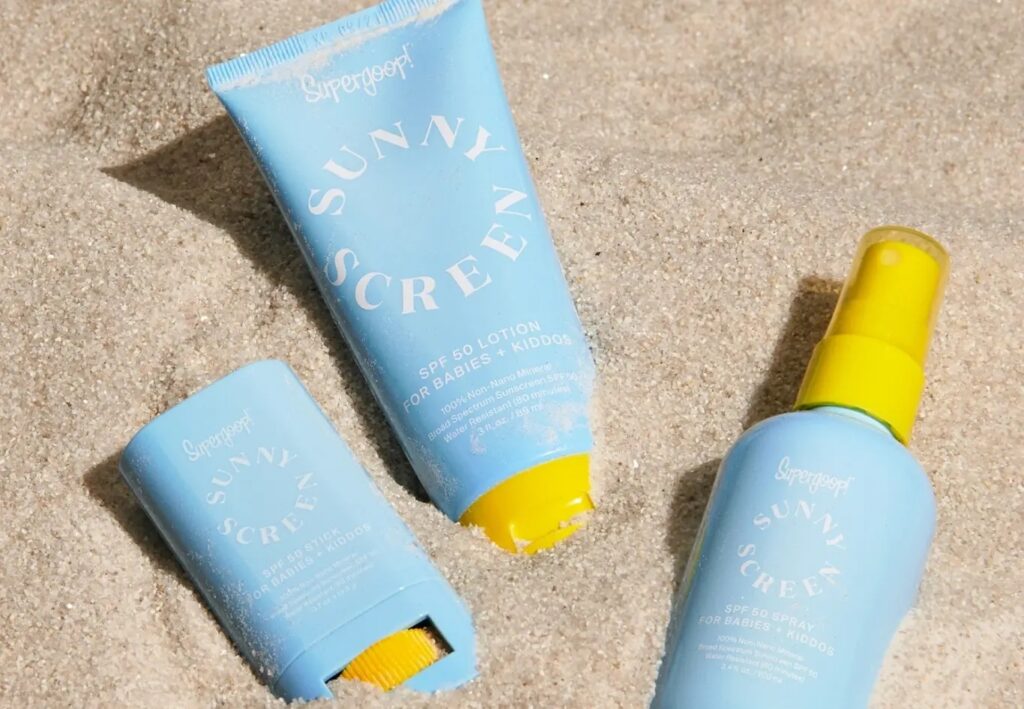
Nano vs. Non-Nano Mineral-Based Sunscreens
When looking into the best non toxic sunscreen for babies you most likely came across the terms nano or non-nano mineral sunscreen. The terms nano and non-nano refer to the particle size of the minerals used in the sunscreen.
While both nano and non-nano sunscreens provide effective sun protection, for babies the best option would be to choose a non-nano mineral sunscreen as these sunscreens will provide the least risks for irritation and particle absorption through the skin barrier,
Nano Zinc Oxide
Nano-sized zinc oxide particles are extremely small and have certain advantages in that they often don’t create as much of. a white cast on the skin. However, there have been concerns about potential risks associated with nano-sized particles, including their ability to penetrate the skin more easily and the environment.
Non-Nano Zinc Oxide
Non-nano zinc oxide contains larger particles, typically greater than 100 nanometers in size. These non-nano particles are larger than the nano-sized particles and are less likely to penetrate the skin’s barrier. Non-nano zinc oxide sunscreens often leave a more visible white cast on the skin due to the larger particle size, which some people find less cosmetically appealing.
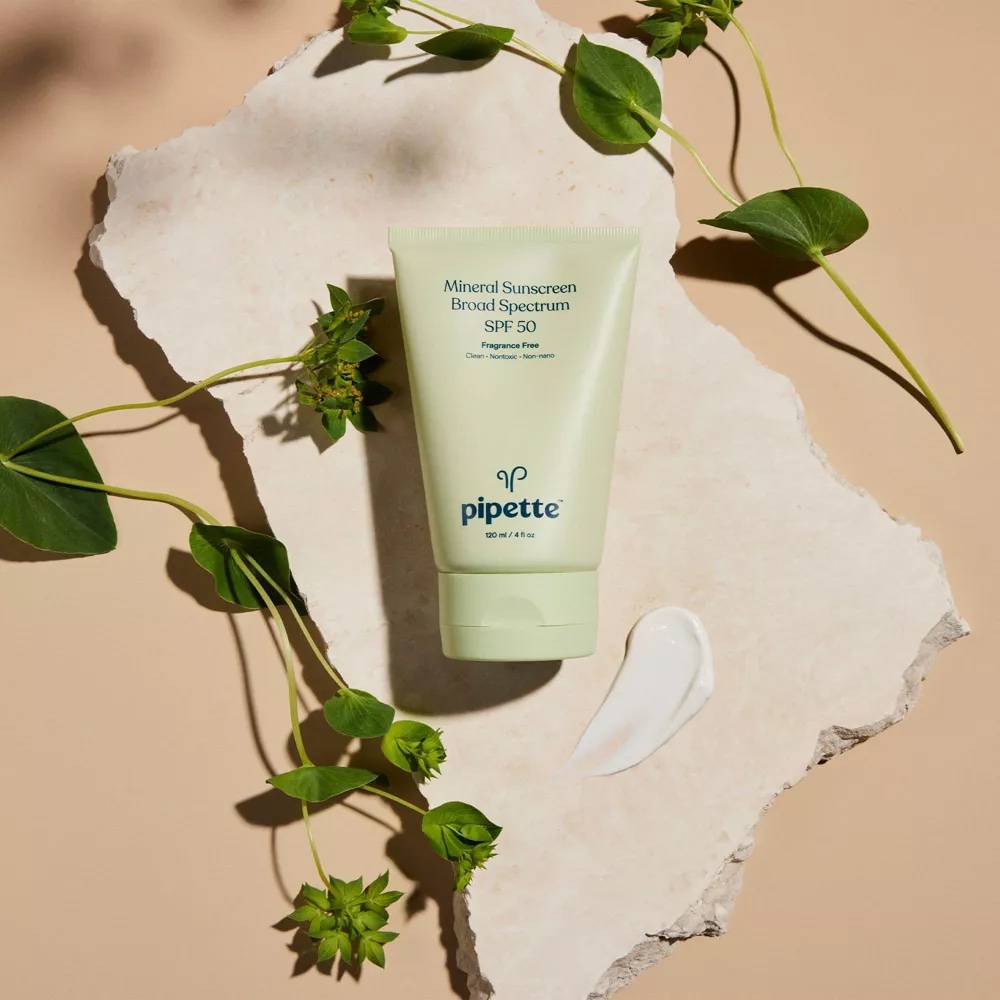
The Best Non Toxic Sunscreens For Babies That We Personally Use and Love
The following are some great options and our top picks for the best non toxic sunscreen for babies that we personally use, love, and have tested on our own squirmy babies and toddlers.
Pipette Mineral Sunscreen SPF 50
In my opinion, this is the best non toxic sunscreen for babies and the whole family available today. I love how thin and easy this sunscreen is to spread and rub in, and it leaves absolutely no visible white cast. For a non-nano zinc mineral sunscreen, the silky feel of this formula is incredible and I love how I can use it for the whole family.
The only negative of this sunscreen is that it is not water resistant, so if your kids are in the water for a long time or sweating a lot you will need to reapply more frequently.
Babo Botanicals Baby Skin Mineral Sunscreen SPF 50
This was the very first non-nano zinc oxide mineral sunscreen I found that I loved right away after trying a lot of sunscreens for my first baby, and I still believe to be one of the best options for non toxic sunscreens for babies. This lightweight formula is really easy to rub in, doesn’t leave any sticky feeling afterward, and doesn’t leave a noticeable white cast.
This sunscreen is also water-resistant for up to 80 minutes making it an ideal choice for those days you know your baby will be spending a lot of time in the water.
Kinfield Cloud Cover SPF 35
This non-nano zinc oxide sunscreen is water resistant for up to 80 minutes and rubs on super smooth without leaving any noticeable white cast. This is a great option for days when you know you will be spending a lot of time in the water, and is a great sunscreen to keep in your bag for the whole family to use.
This sunscreen does include 1% of a natural fragrance, which is completely free from any synthetic fragrance. For babies with very sensitive skin, or who are highly sensitive to even natural fragrances this would be something to consider before choosing this sunscreen.
Personally, I feel comfortable using a very minimally naturally scented sunscreen on my babies and kids that has been formulated with safe ingredients, but if you prefer a completely unscented sunscreen then the babo botanicals baby skin mineral sunscreen may be a better choice for you.
Use the code MadrebyMegan15 for 15% off at Kinfield (they also happen to make my favorite relief balm for bug bites for kiddos too!)
Super Goop Sunny Screen 100% Mineral Spray
An alternative to an aerosol spray, this 100% non-nano mineral sunscreen spray by Super Goop provides a thin layer of coverage that makes it easy to quickly apply to squirmy babies and toddlers, without having to worry about the risk of inhalation. Made using vitamin C, sunflower oil, and other calming ingredients for sensitive skin this water-resistant sunscreen provides up to 80 minutes of water-resistant coverage, making it ideal for babies and toddlers who love the water.
Baby Bum Mineral 50 Face Stick
I personally use this sunscreen on my baby and toddler’s faces all summer long and I love how easy it is to apply and how quickly it can rub in leaving no noticeable white cast. My toddler even likes being able to apply this herself! Perfect for throwing in your purse or diaper bag, and great for bringing along while traveling.

How To Protect Babies Under Six Months From The Sun
While sunscreen is a great option for protecting babies over six months old from the sun, it is just one option and really when it comes to sun protection for kids and ourselves we should be utilizing many layers beyond just sunscreen.
This is especially important for babies under six months old who are generally advised not to use sunscreen. This is because new babies have very sensitive and delicate skin that may be more prone to irritation.
Their thin skin is also more permeable, which means it can absorb substances more readily. Applying sunscreen on such sensitive skin could potentially lead to higher absorption of the sunscreen’s active ingredients, which might not be ideal for their developing systems.
Regardless of sunscreen use, for infants under six months, it’s generally recommended to avoid direct sun exposure as much as possible. Keeping babies in the shade, dressing them in protective clothing, and using physical barriers like strollers with canopies are often preferred methods of sun protection at this age.
If it’s absolutely necessary for a baby under six months to be exposed to the sun, such as during unavoidable outdoor activities, it’s important to take extra precautions:
- Choose Shade: Whenever possible, keep the baby in the shade or use umbrellas, stroller canopies, or other forms of shade to minimize direct sun exposure.
- Protective Clothing: Dress the baby in lightweight, long-sleeved clothing and wide-brimmed hats to cover as much skin as possible.
- Time of Day: Try to schedule outdoor activities during the early morning or late afternoon when the sun’s rays are less intense.
For all my kids, but especially babies I personally love using these sun-protective rash guards and full-body swimsuits that provide complete sun protection when paired with a hat.





